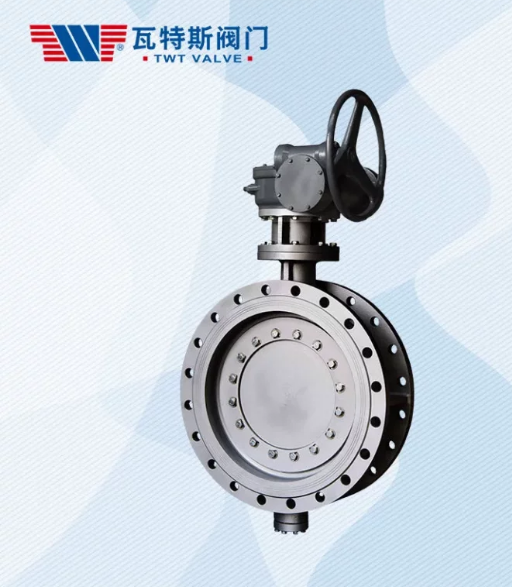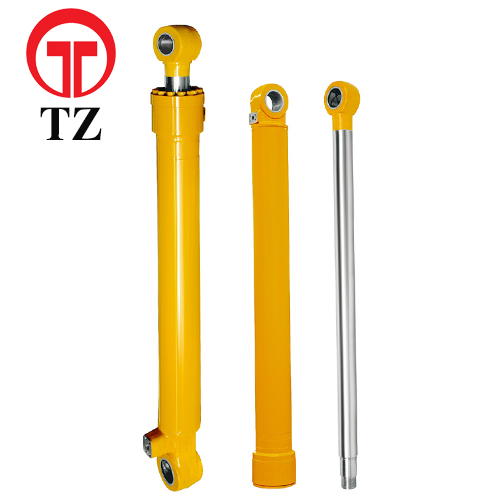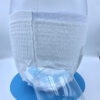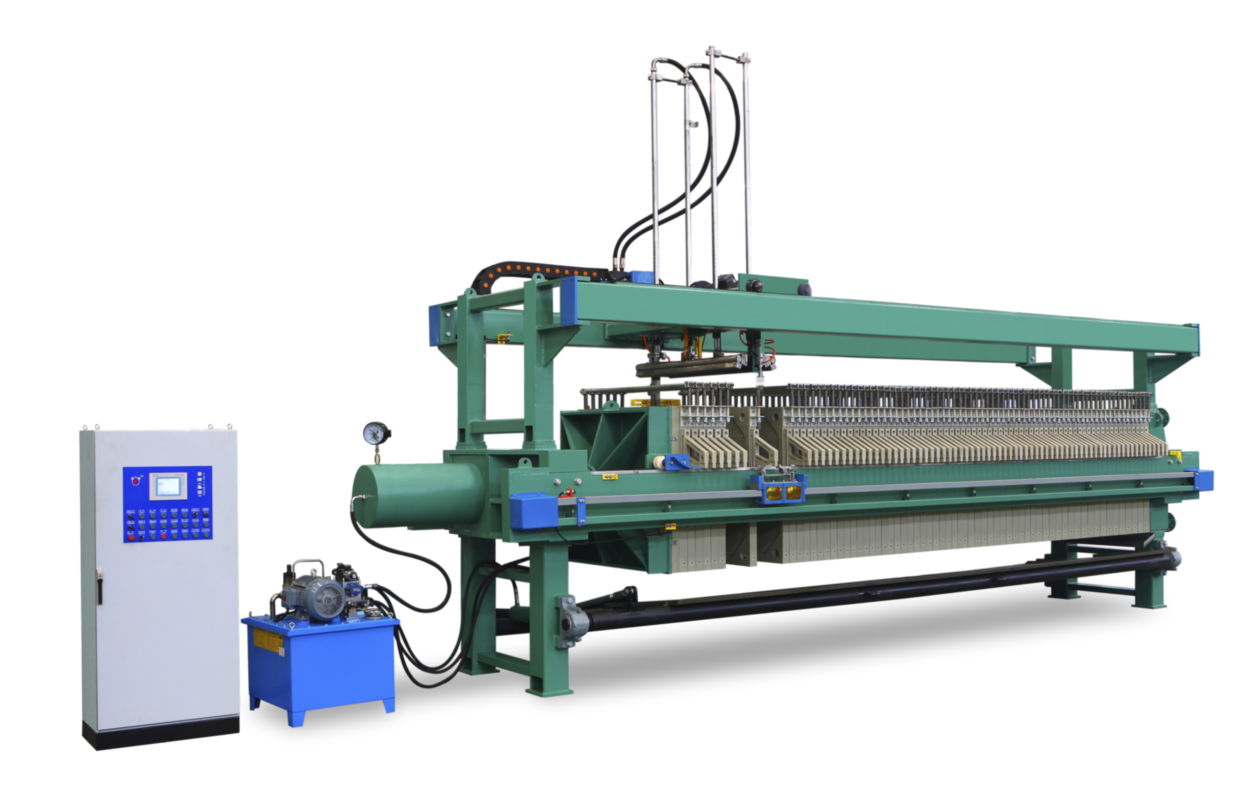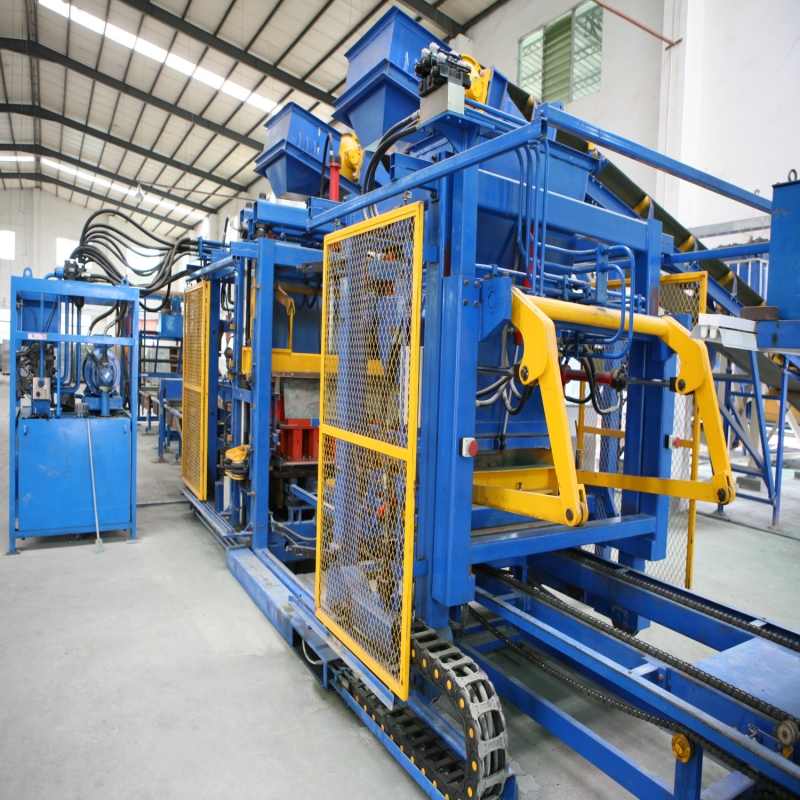A call center desk is a type of office furniture that is designed specifically for use in a call center environment. It is typically designed to provide a comfortable and functional workspace for call center agents who spend a significant amount of time on the phone.
Here are some features and benefits of a call center desk:
Ergonomics: Call center desks are designed with ergonomic principles in mind, such as adjustable height and proper lumbar support. This can help to promote a healthier and more comfortable workspace for call center agents who spend long hours on the phone.
Cable management: Call center desks are often designed with cable management systems to keep wires and cables organized and out of sight. This can help to create a more organized and tidy workspace.
Acoustic panels: Call center desks may also include acoustic panels or other noise-reducing features to help reduce the amount of noise and distractions in the call center environment.
Storage: Call center desks often include ample storage options, such as drawers or shelves, to keep the workspace organized and tidy. This can help to improve productivity and efficiency.
Customizable: Call center desks can be customized to meet the specific needs of the call center environment. call center desk They can be designed with different materials, finishes, and storage options to create a functional and aesthetically pleasing workspace.
By incorporating call center desks into your call center environment, you can create a functional and comfortable workspace that meets the needs of your call center agents. It is important to choose high-quality call center desks that are designed to withstand frequent use and provide a long-lasting solution for your office furniture needs.
When choosing call center desks, it is important to select high-quality desks that are designed to withstand frequent use and provide a long-lasting solution for your office furniture needs.
Here are some tips to help ensure that the call center desks you choose are durable:
Look for quality materials: Choose call center desks that are made from high-quality materials, such as solid wood or metal, that can withstand frequent use. Avoid desks made from low-quality materials that are prone to wear and tear.
Check the weight capacity: Make sure that the call center desks you choose have a weight capacity that is suitable for the equipment and materials that will be placed on them. This can help to prevent damage to the desk and ensure its longevity.
Consider the manufacturer’s warranty: Look for call center desks that come with a manufacturer’s warranty. This can provide peace of mind that the desk is designed to last and that the manufacturer will stand behind their product.
Read customer reviews: Read customer reviews of the call center desks you are considering to get an idea of their durability and longevity. Look for desks that have positive reviews and are known to be durable and long-lasting.
Choose a reputable supplier: Choose a reputable supplier that specializes in office furniture and has a track record of providing high-quality products. This can help to ensure that you are getting a durable and long-lasting call center desk.
By following these tips, you can select high-quality call center desks that are designed to withstand frequent use and provide a long-lasting solution for your office furniture needs.

